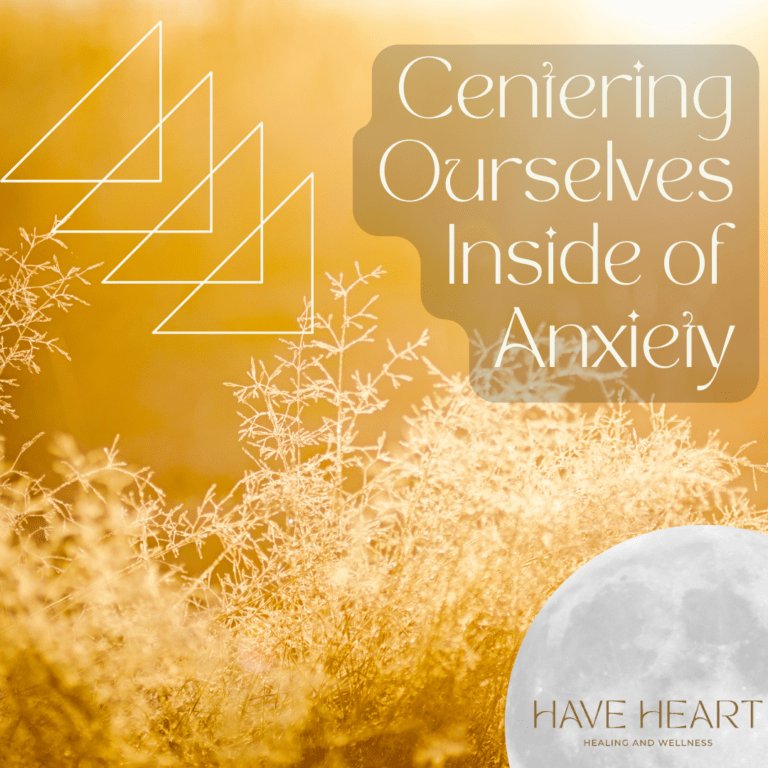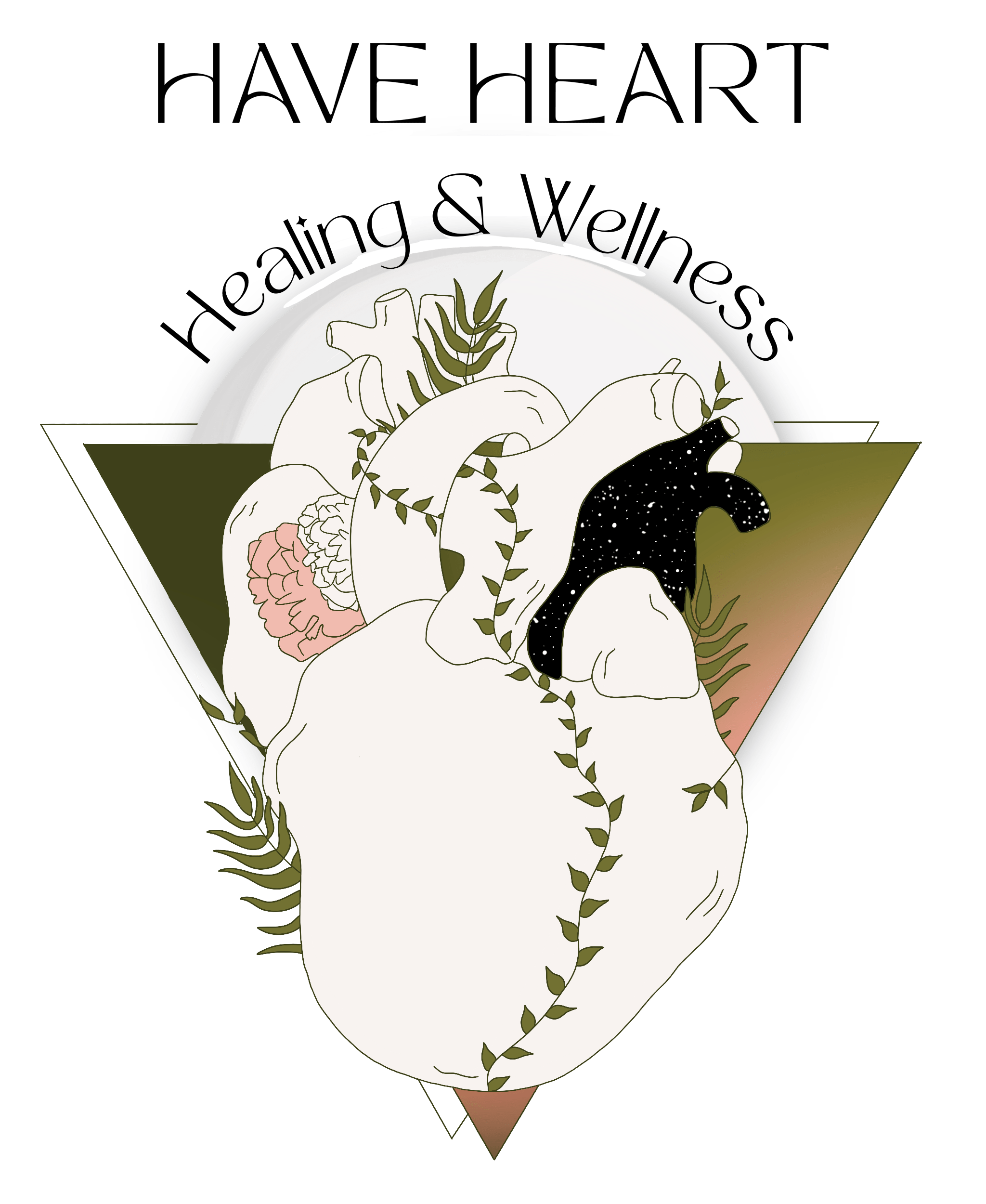
Centering Ourselves Inside of Anxiety
There is so much inside of our experiences of trauma and oppression that produces anxiety. Anxiety can feel like an all encompassing experience. Like it’s all there is. Anxiety tends to make us feel small, like we don’t have choice, like we’re out of control or need to try to control. Anxiety can have us freezing and not taking action, or overextending ourselves and trying to create just the right circumstances. The problem is that we often feel more stuck, more worked up as a result. We end up less connected to ourselves and the people we care about.
From a somatic perspective we can understand anxiety as a feeling state just like any other. Oftentimes anxiety rears its head when there’s something that we’re avoiding feeling, confronting, doing, or acknowledging.
You might ask yourself: what is too big for me to feel right now? Sometimes just acknowledging can open up more choice
Another way we can work with anxiety is to ground into what matters. If we know what we care about, that thing we’re avoiding, that emotion that seems too big begins to have less weight. If I know that feeling the sadness that’s there underneath the anxiety is connected to my bigger picture vision for my life, it makes it almost worth it.
Knowing that anxiety isn’t all bad can also be supportive. Sometimes our anxiety points to the fact that something really matters to us or that it’s really important. It’s what we do with the anxiety that matters.
Coming back to the body is an essential step in having a choiceful relationship with anxiety. You might begin to observe your anxiety by asking yourself:
- Where do I feel this anxiety in my body? If it had a texture or a color, what would it be?
- What does this anxiety want me to pay attention to? If it had a voice, what would it say?
- What’s underneath this anxiety that I’m not yet ready to confront?
- What ways is this anxiety asking me to act? What will the impact of those actions be? Is that how I want to show up?
- What do I care about right now? Where do I feel that care and concern in my body? What does that care and concern have to say to the anxiety?
- Where can I take action to be with what’s underneath the anxiety and where is stillness or being with what’s underneath required?
While some of these ideas may help you to develop a more choiceful relationship with anxiety, it’s also often very useful to have a guide. When we work on feelings like anxiety that are often related to a tender part of ourselves that we want to protect, it can be beneficial to have someone to help us navigate that exploration. It’s hard to do anything alone, including healing.

